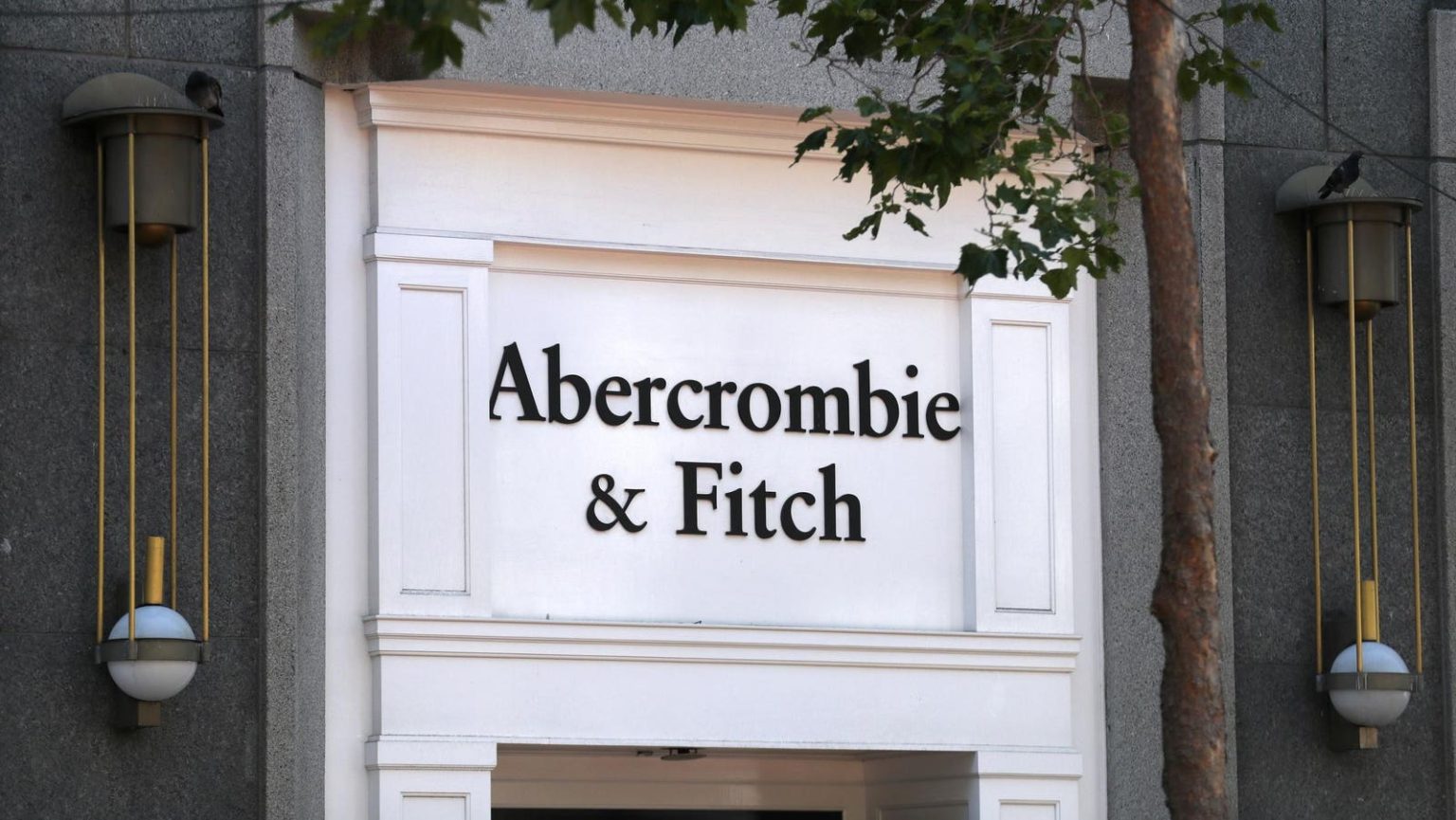Abercrombie & Fitch, the iconic fashion brand that dominated the Y2K era, reported record-breaking first-quarter earnings on Wednesday, signaling a successful turnaround as young millennials turned back to the nostalgic brand’s inclusive revamp. The company’s shares grew over fivefold, outpacing Nvidia over the past year and surged over 20% after the earnings announcement, extending to a 459% gain over the past year as of Friday afternoon—outperforming Nvidia’s 187% stock growth in the same period. The company increased its full-year outlook on net sales growth to around 10%, up from the previous forecast of 4-6%. Both of the company’s brands, Abercrombie and Hollister, experienced solid sales growth.
Under the leadership of CEO Fran Horowitz since 2017, Abercrombie & Fitch has undergone a significant transformation, focusing on inclusivity, broadening its product range, and revamping its brand image. The company’s inclusive strategy includes offering denim in a range of styles and sizes, shifting away from its previous image of fitting only slim customers. In March, Abercrombie launched the A&F Wedding Shop Collection—tailored to brides and wedding guests—to diversify its product lines beyond casual wear. The company’s transformation has been successful, with a 22% annual increase in first-quarter sales topping $1 billion, the highest in the company’s history.
Abercrombie & Fitch came under severe criticism and saw declining popularity in the 2010s due to controversial and exclusive marketing tactics, including sexualized advertising and refusing to make XL or XXL sizes. Under the leadership of Horowitz, the company has made significant strides towards inclusivity, featuring models of various body shapes and skin tones, and expanding product lines to cater to a wider range of customers. The company introduced Curve Love in 2019, tailored to curvier customers with sizes up to XXXL, which now accounts for nearly half of the women’s denim segment. The company also launched Your Personal Best (YPB), an activewear line in 2022.
Gap, another nostalgic 90s brand, is also signaling a comeback under new leadership. Following the appointment of Richard Dickson as CEO last August, the company has undergone a turnaround with shares rising by 256% over the past year. All four brands under Gap—Gap, Old Navy, Athleta, and Banana Republic—saw quarterly sales growth for the first time. The company raised its full-year guidance and market share has been gaining. Gap appointed fashion designer Zac Posen as the company’s creative director in March, which has already started to show positive results for the brand. Posen has elevated Gap’s media exposure by dressing celebrities for red carpet events, further enhancing the brand’s reinvigoration.
The success of Abercrombie & Fitch and Gap’s resurgence highlight the importance of focusing on inclusivity and adapting to changing consumer preferences. Abercrombie’s transformation under the leadership of CEO Fran Horowitz has been driven by a relentless focus on the customer, with a shift towards a more diverse and inclusive culture. The company’s shift towards offering a wider range of sizes and styles, as well as diversifying its product lines, has resonated with customers and led to record-breaking sales. Gap’s turnaround under new leadership shows the potential for iconic brands to reinvent themselves and regain market share by adapting to the evolving retail landscape.
Both Abercrombie & Fitch and Gap’s success stories serve as a reminder of the importance of listening to customers, embracing inclusivity, and constantly evolving to meet the needs of a diverse customer base. By focusing on quality, inclusivity, and innovation, both brands have been able to turn around declining sales and reinvigorate their image with consumers. As consumer preferences continue to evolve, brands that are able to adapt and connect with their audience on a deeper level are likely to see continued success in the ever-changing retail industry.


